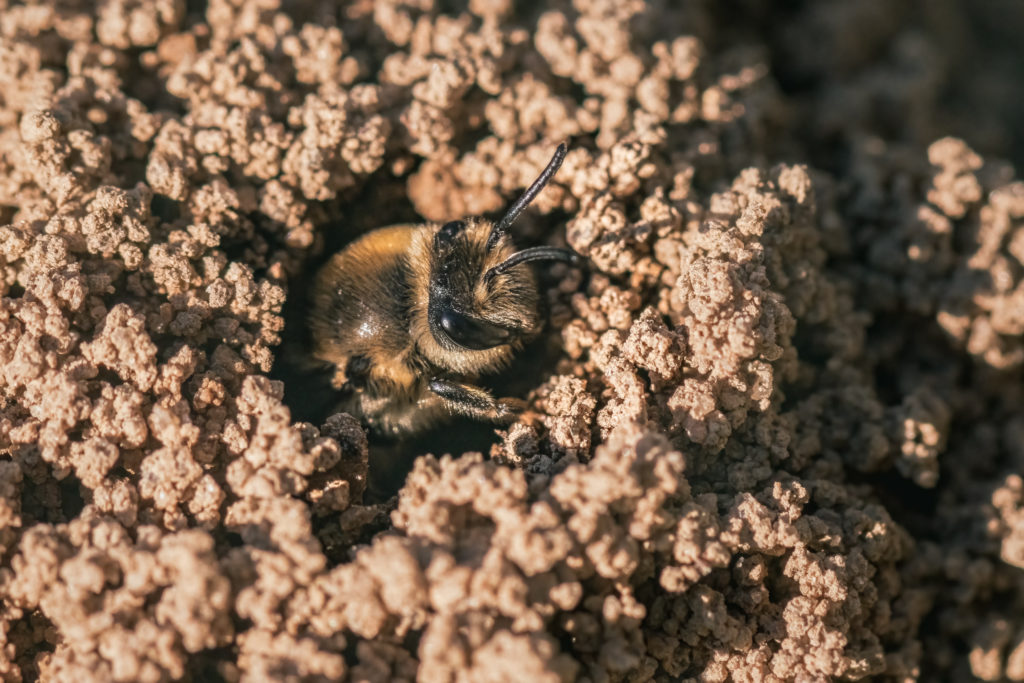Bee Pest Control Service
DALPEST Pest Solutions love bees – and you should too! Bees are vitally important to a healthy environment and are responsible for pollinating most of the flowers and plants that provide our food.
Some 25% of all bee types are endangered, which is why there has been a strong push in recent years to cultivate gardens to encourage bees to thrive. In keeping with this, DALPEST Pest Solutions – along with most other pest control experts – do not exterminate bees. Instead, we help advise and facilitate the safe moving of bee nests and swarms when absolutely necessary.
To help give you a better understanding about these fascinating and beautiful insects, DALPEST Pest Solutions experts have collated everything you need to know about bees – including the signs you have them in your home, tips on how to deal with them, and what to do if you need problematic bee nests or swarms moved.
Bee season runs throughout the warmer months of the year, typically between March and September. Generally speaking, the hotter the day, the more active bees will be.
Honey bees begin to swarm between May and July, which can cause concern for members of the public. If a swarm is discovered, it is important to not disturb or provoke it – the bees will eventually move on by themselves after a day or two.
However, if they are believed to be a public health risk, the best option is to contact a local beekeeping association for further advice and/or a removal service.
As most bees do not cause any damage to property and are harmless if left alone, the best way to find out if you may be playing home to a bee colony is to use your eyes.
- Visual signs of nesting or activity: All bees can be identified and located in gardens across the UK gathering pollen. However, the location of nests differ between types of bee species.
- Honey bees create nests in trees, underground, in cavity walls, or anywhere else that’s covered and protected from the elements.
- Bumblebees may nest in lofts, cavity walls, on the ground, and commonly in bird boxes.
- Masonry bees will be found within walls which receive large amounts of sunlight.
- Mining bees are found in the ground, with many holes for each species.
- Visual signs of nesting or activity: All bees can be identified and located in gardens across the UK gathering pollen. However, the location of nests differ between types of bee species.
How DALPEST pest solutions deal with bees
It’s important to stress that DALPEST Pest Solutions do not and will never kill bees. Many species of bee are endangered and as they are critically important for the environment, we are wholly obliged to protect bees wherever possible.
If called upon to help you with bees in your property, we will instead look to:
Relocate the nest:
If it is accessible and advisable given the situation, our technicians may occasionally relocate the bees’ nest. However, all bees should be left alone wherever possible.
Arrange swarm collections:
DALPEST Pest Solutions can be contacted to arrange swarm collections and/or identification visits if people are unsure of the species of bee.
DALPEST Pest Solutions try to save all bees, no matter what.
What to do if you suspect you have a bee problem
Bees are very special so they should be kept safe and alive wherever possible. If you discover a swarm of business in or around your home or business, you should get in touch with the DALPEST Pest Solutions team as soon as possible. We can talk you through our process and provide clear advice about what to do next.
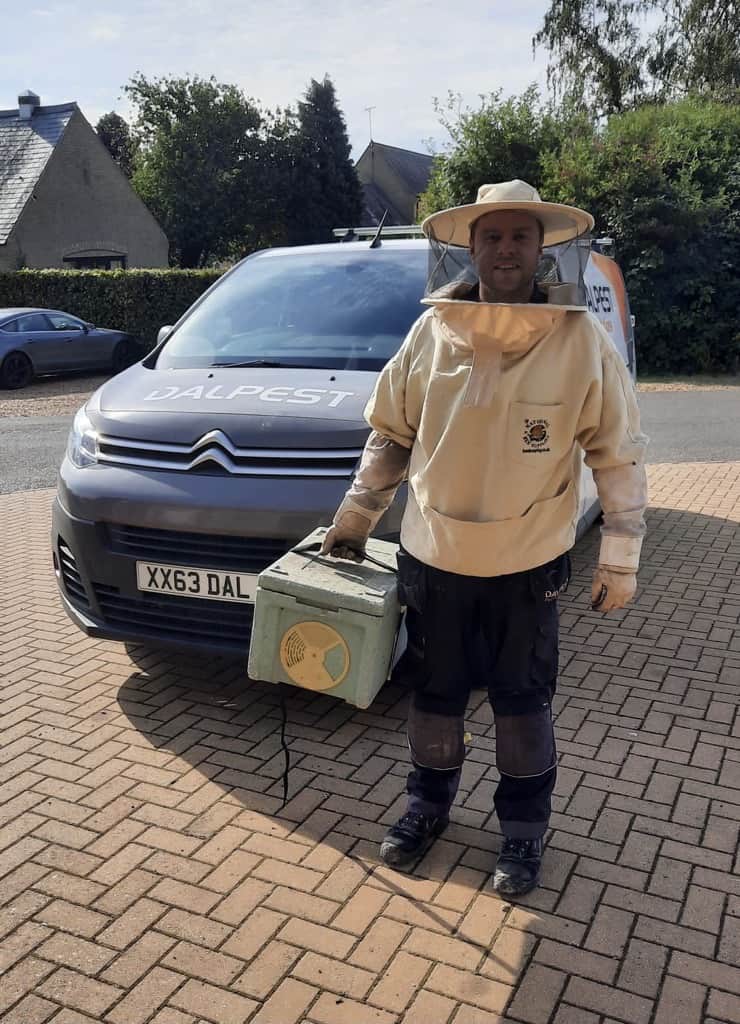
Swarm Collection Service:
Did you know we can collect and relocate your swarm for you? We are fortunate enough to have some local hives located at our Peterborough offices and we can relocate your swarm to these. Our technicians are members of the British Beekeeping Association so you can be rest assured the bees are in safe hands!
So, if you are struggling with bees in your property then please speak to us.
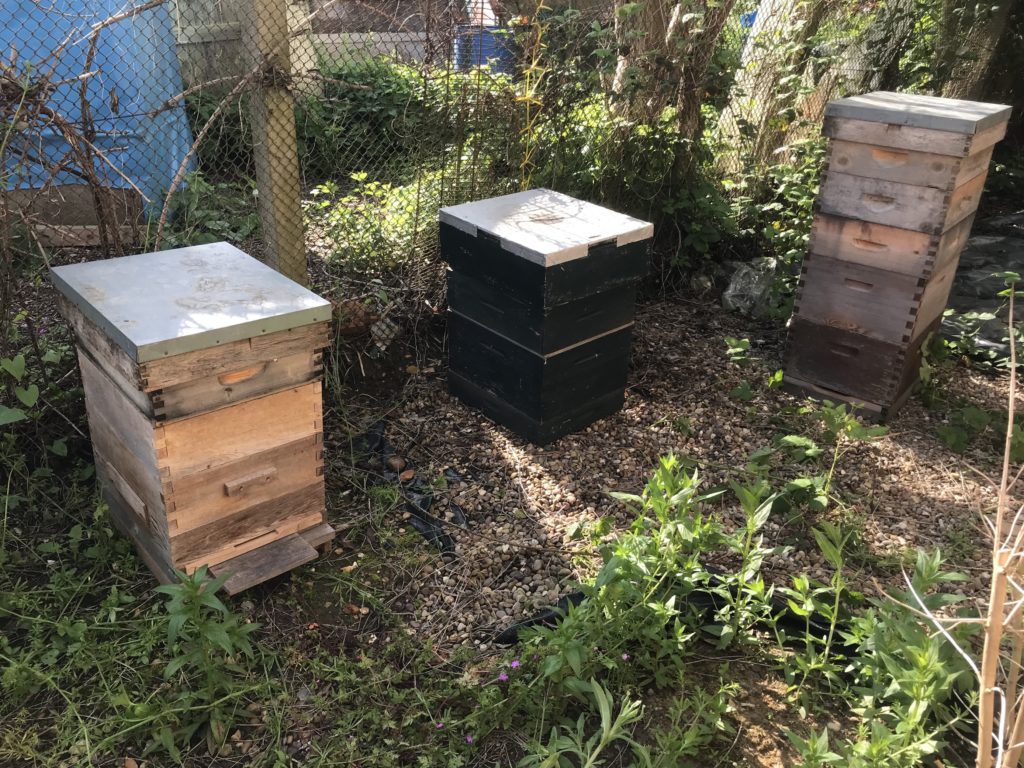
Internal Swarms / Colonies:
Our technicians are trained to remove bees from difficult to reach places such as behind walls, or from other internal areas of your property. This is specialist work so we follow a strict process in order to protect both the bees and your property.
We begin with a detailed thermal survey to locate the exact location and estimated size of the colony / colonies. Areas bright white in colour represent extreme heat from the colony.
Once we have this information, the next step is to provide you with a recommendation for the removal process. Every case is different and can be quite complex depending on the findings of the survey. We will formulate and discuss the project with you at every stage to ensure you remain fully informed about what is planned.
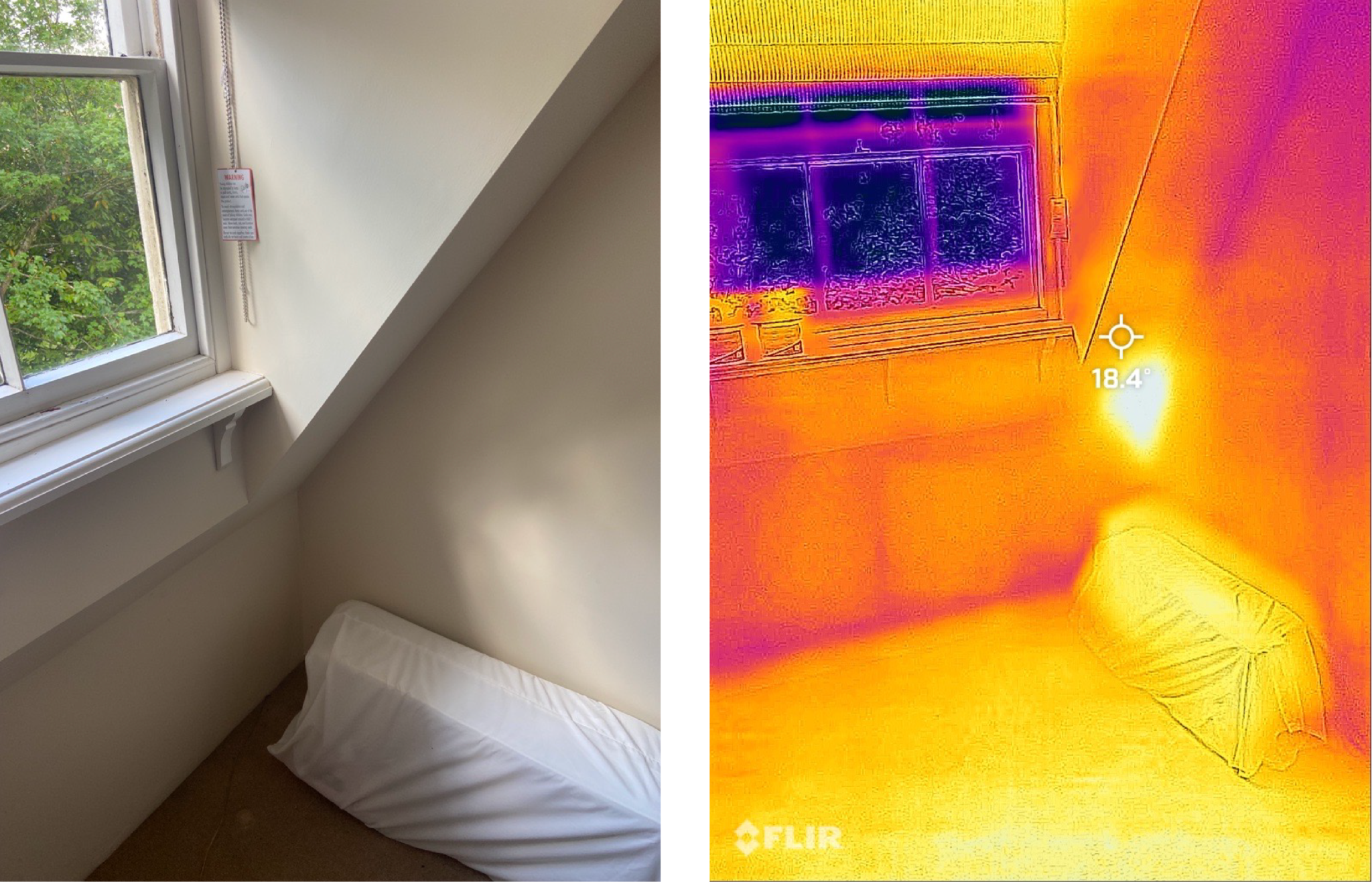
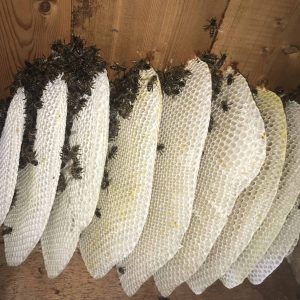
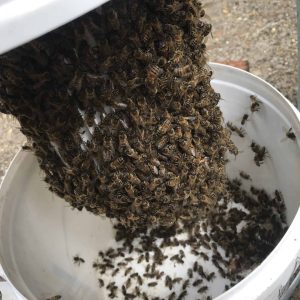
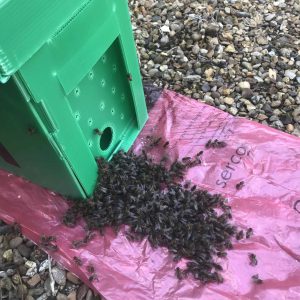
Why CHOOSE Dalpest PesT Solutions?
Rapid response available - we get to you quickly
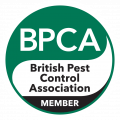
British Pest Control Association (BPCA) members

Highly-skilled, experienced pest control technicians
100% child, pet and environment friendly
Education, not just eradication

Five-star customer service for all pest problems
Why Dalpest?
Rapid response available - we get to you quickly
British Pest Control Association (BPCA) members
100% child, pet and environment friendly

Highly-skilled, experienced pest control techs
Education, not just eradication

5-star customer service for all pest problems
Tips to avoid encouraging bees in your property
Unlike many other pests and insects, people are warmly encouraged to make their gardens as welcoming to bees as possible via the planting of flowers and greenery. This is especially important during bees’ peak summer months. As such, it is difficult to discourage bees or prevent them from setting up home around your property.
If a bee nest or swarm is discovered in your home, it is strongly recommended you leave it alone and get in contact with us for further advice. If necessary we can arrange to safely move it if needed. This is easier to do early on in the bee season as the smaller the swarm is, the easier the relocation will be.
More information about what to do with bees can be found below.
What are the dangers of bees in your home and business?
For most people, being stung by a bee will cause a painful, swollen lump to develop on the skin. This normally goes away after a few days at most.
However, bee stings also have the potential to be very dangerous to those who are allergic. Bee venom can cause anaphylaxis in certain individuals, which occurs when the body goes into shock. Most people who go into shock after a bee sting do so very quickly, so it is vitally important to seek immediate emergency care where necessary.
For more information on treating bee stings and insect bites, visit the NHS website. https://www.nhs.uk/conditions/insect-bites-and-stings/
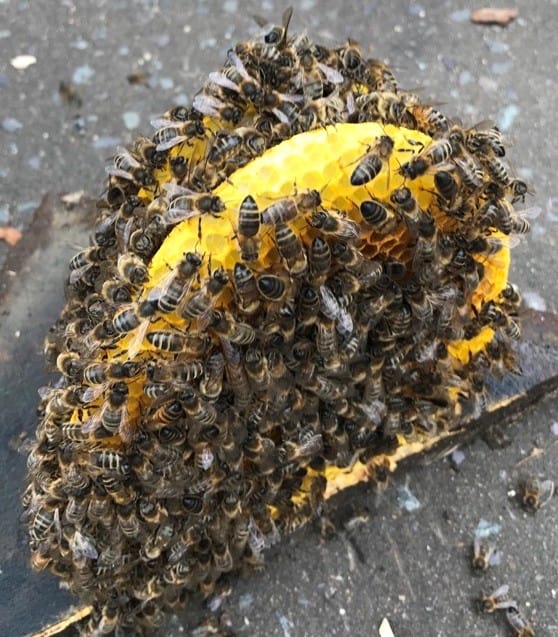
Facts about bees
There are over 200 different species of bee native to the UK, which are separated into different groups – there are 25 types of bumblebee alone. To learn more about the main types of bees, we’ve broken down some of their key facts.
honey bees
- Honey bees are most commonly misidentified by the public as wasps.
- They are brown-yellow in colour, whereas wasps have a very vibrant, smooth, yellow and black colour.
- Honey bees are social insects and live in hives made up of thousands of worker bees.
- Their nests can live for many years.
- Honey bees swarm when looking for a new home.
- Honey bees are capable of stinging, but they are not generally aggressive unless provoked.
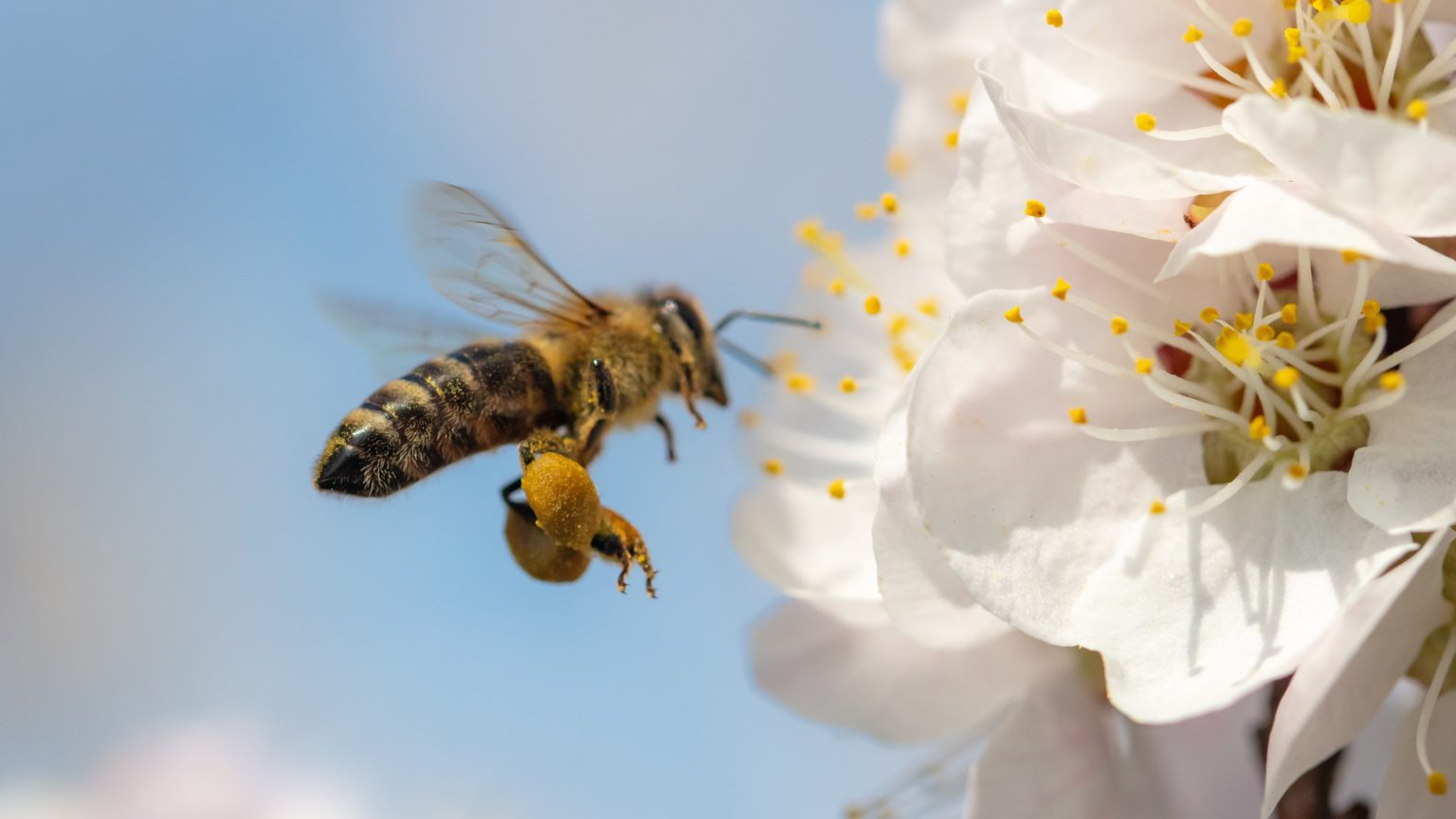
bumblebees
- There are 25 different types of bumblebee, each boasting a slightly different pattern.
- Bumblebees can be identified by their much larger, hairy bodies.
- Some are black and yellow with white rear ends (white-tailed bumblebee); some have furry brown abdomens with a black-brown thorax and white tails (tree bumblebee); some have mostly black bodies with orange-red rear ends (red-tailed bumblebee).
- Bumblebees are social insects with a queen and a nest.
- They do not form honey, but store pollen cups instead.
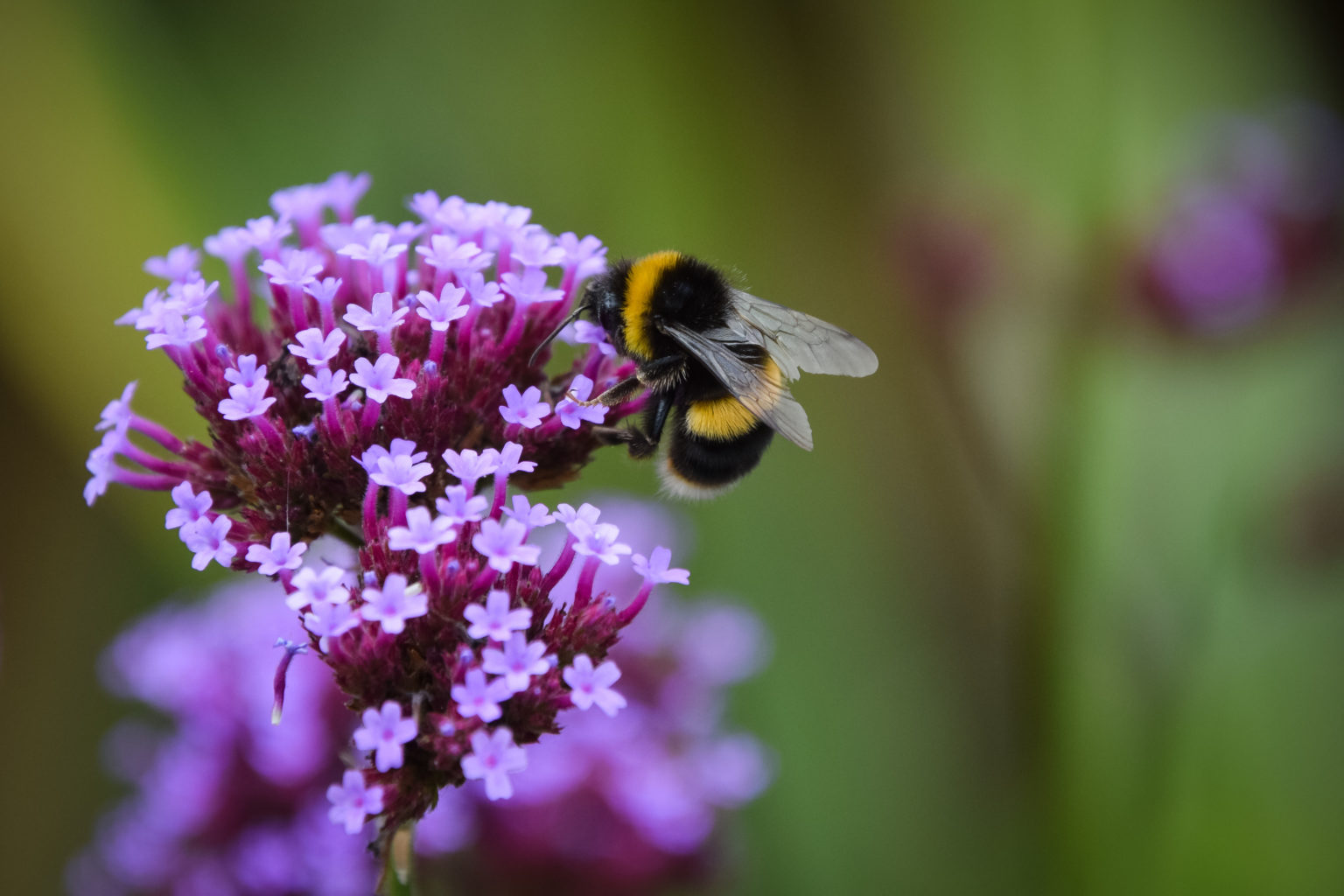
masonry bees
- Masonry bees are solitary insects with no nest or queen.
- They come together to breed before creating small individual holes, mainly in brick mortar, to store pollen in cells.
- Masonry bees can be very expensive intruders if large numbers choose to live in building walls, as they can cause thousands of pounds worth of damage.
- They only venture out on sunny days and will not sting.
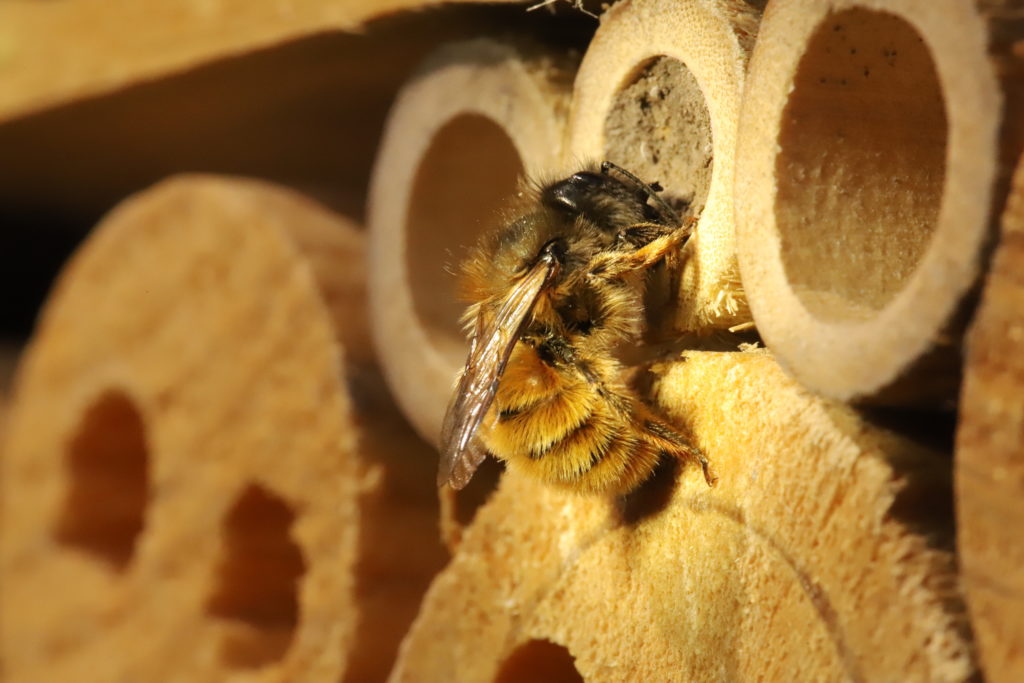
mining bees
- Mining bees are also solitary insects which burrow into the ground to create storage space for their pollen.
- These may also be mistaken for wasps because of their colouring, however they are usually only seen flying low to the ground in their thousands over large grass areas. This is not to be mistaken for nesting activity due to them being solitary.
- They are completely harmless and cannot sting.
